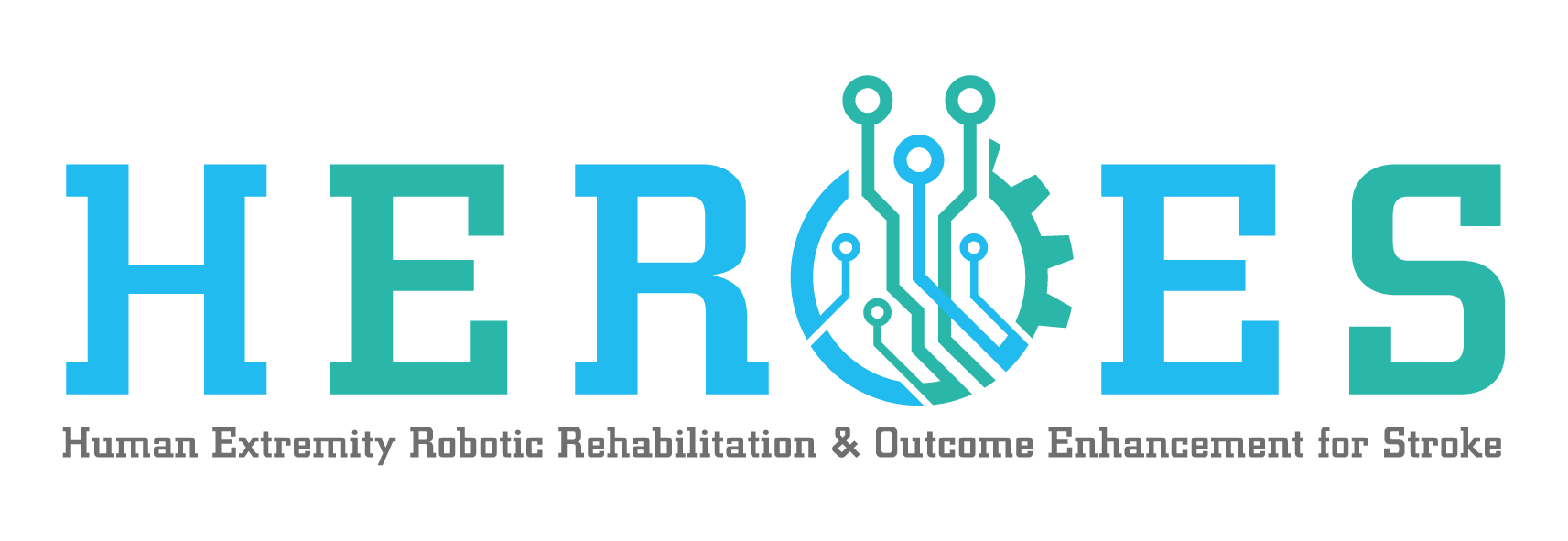The HEROES project through wearable robotics, brain-machine interaction, the use of virtual environment and serious gaming aims to improve the neurorehabilitation outcomes of patients with chronic stroke and motor disability. All these methods of human-machine interface aim to investigate and promote neuroplasticity, that is the retraining of the brain’s neuron networks that have not been affected, in order to regain motor functions.
HEROES aims to explain how neural networks reorganize after stroke and how this phenomenon evolves over time. If the reorganization of the brain is beneficial for the patient’s mobility, methods are used to enhance it through the program. Otherwise, ways to prevent it are being researched. The goal of HEROES is to design assistive technologies that promote neuroplasticity. The technologies will be applied in combination with conventional methods, such as physiotherapy, in the rehabilitation of patients with chronic stroke who face movement problems.
The application of the program takes place in the Laboratory of Medical Physics and Digital Innovation, in the “Living Laboratory”, which is a room that simulates a natural living space. The goal is for patients through their participation in a series of sessions to receive training in the use of technologies, physical and psychological support. The methods used include robotic arms, computer systems and serious gaming to make the process simple and, if possible, enjoyable.
The ultimate goal of HEROES is the commercial exploitation and wide availability of innovative technologies. This should be done after scientific documentation in clinical trials and after the development of final and reliable robotic devices. This is followed by inclusion in the daily clinical practice of chronic stroke rehabilitation. Finally, the use of robotic technology can be extended, in the long term, to other neurological diseases.
